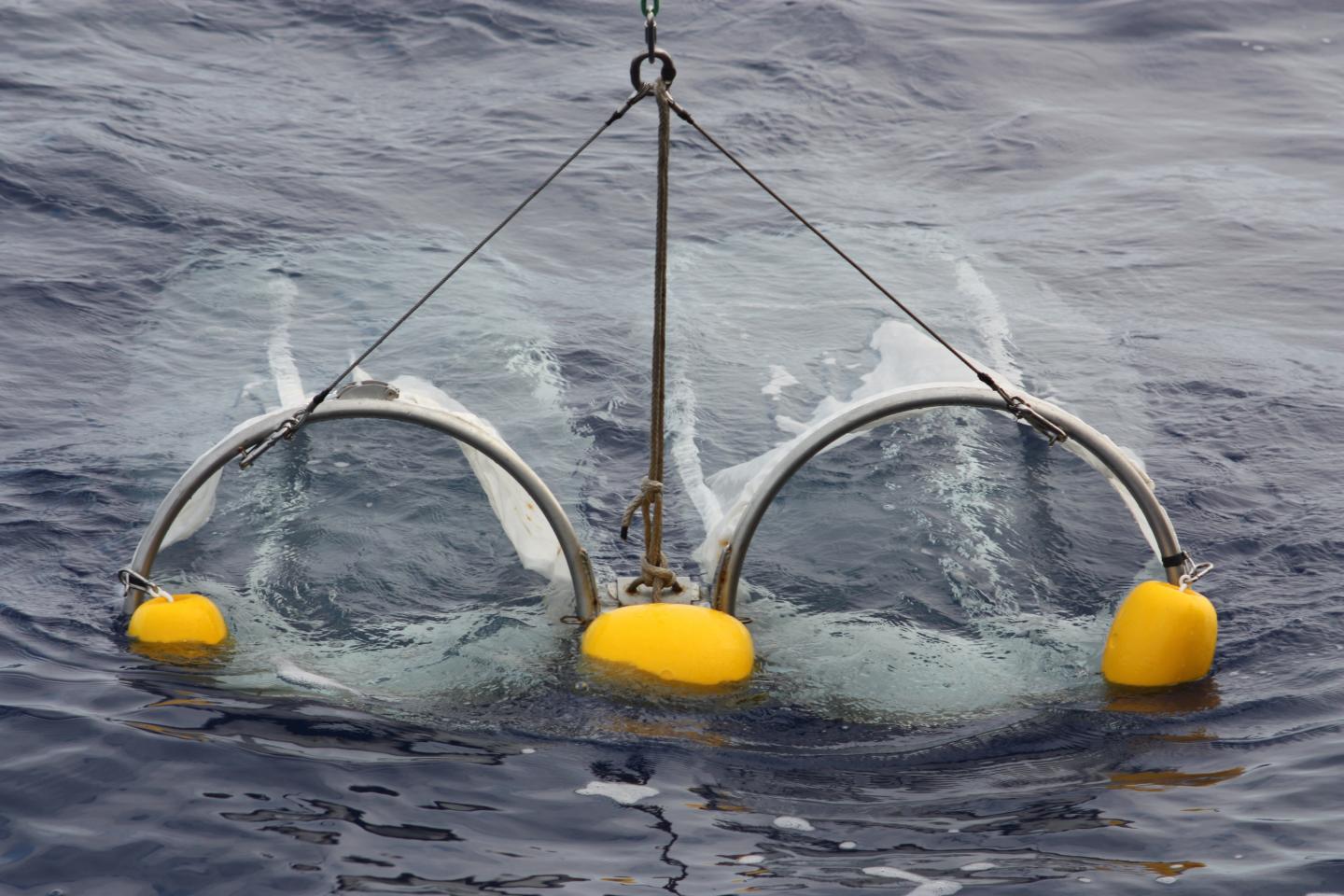Scientists find trove of over 5,000 new viruses hidden in oceans
Major discovery paves way for scientists to ask for more categories to capture the diversity of newly discovered viruses

Your support helps us to tell the story
From reproductive rights to climate change to Big Tech, The Independent is on the ground when the story is developing. Whether it's investigating the financials of Elon Musk's pro-Trump PAC or producing our latest documentary, 'The A Word', which shines a light on the American women fighting for reproductive rights, we know how important it is to parse out the facts from the messaging.
At such a critical moment in US history, we need reporters on the ground. Your donation allows us to keep sending journalists to speak to both sides of the story.
The Independent is trusted by Americans across the entire political spectrum. And unlike many other quality news outlets, we choose not to lock Americans out of our reporting and analysis with paywalls. We believe quality journalism should be available to everyone, paid for by those who can afford it.
Your support makes all the difference.At least 5,500 new virus species have been found from oceans across the globe in a major new discovery, prompting researchers to propose more categories to classify them to properly capture their diversity.
The advance, led by an international team of researchers, combined machine-learning analyses with traditional evolutionary trees by assessing an exhaustive 35,000 water samples from the world over to identify the new viruses that contain the genetic material RNA.
Researchers explained “only a tiny slice” of the thousands of virus species that harm humans, plants and animals have been studied.
The findings, published on Thursday in the journal Science, stated the newly discovered virus species not only represented the five known RNA virus phyla – or level of classification – but also indicated that at least five new phyla are needed to capture the diversity of the findings.
While hundreds of the new RNA virus species fit into existing divisions, thousands of other species can now be clustered into five new proposed phyla, said researchers.
They include Taraviricota, Pomiviricota, Paraxenoviricota, Wamoviricota and Arctiviricota.
It was pointed out that the most abundant collection of the newly identified species belong to the proposed Taraviricota phylum.
The proposed name for the phylum is a nod to the source of the 35,000 water samples that enabled the analysis – the Tara Oceans Consortium, a global study that assesses the impact of climate change on the world’s oceans onboard the schooner Tara.
“There’s so much new diversity here – and an entire phylum, the Taraviricota, were found all over the oceans, which suggests they’re ecologically important,” study lead author Matthew Sullivan from The Ohio State University said in a statement.
Scientists said viruses that infect microbes have three main functions: killing cells, changing how infected cells manage their energy and transferring genes from one host to another.
Unravelling more information on virus diversity across the plant and in the world’s oceans can thus help better understand the marine microbes’ role in ocean adaptation to climate change.
These marine microbes are the “knob” on a biological pump affecting how carbon is stored in oceans, as the large water bodies that encompass most of Earth absorb half the atmospheric carbon dioxide generated from human activities.
The classification system of viruses continues to evolve as scientists also attempt to understand the part that viruses play in ocean ecosystems.
The International Committee on Taxonomy of Viruses (ICTV) recently recognised five phyla within the Orthornavirae biological kingdom.
While previous studies that examined DNA viruses used viral particles for analyses, the new research had to rely on extracted sequences from genes expressed in organisms floating in the sea.
The analysis was narrowed to RNA sequences that contained the signature RdRp gene needed for virus replication, that has evolved for billions of years in RNA viruses and is absent from other viruses or cells.
The RdRp’s sequence position has diverged several times since the gene’s existence dates back to when life was first detected on Earth.
This meant sequences alone could not be used to describe their evolutionary relationship.
So researchers used machine learning to organise 44,000 new sequences in a way that could handle these billions of years of sequence divergence and validated the method by showing that the technique could accurately classify sequences of RNA viruses already identified.
“We’ve created a computationally reproducible way to align those sequences to where we can be more confident that we are aligning positions that accurately reflect evolution,” Dr Sullivan said.
3D representations of sequence structures and alignment then revealed the cluster of 5,500 new species didn’t fit into the five existing phyla of RNA viruses categorised in the Orthornavirae kingdom.
“We benchmarked our clusters against established, recognised phylogeny-based taxa, and that is how we found we have more clusters than those that existed,” co-first author Ahmed Zayed said in a statement.
“RdRp is supposed to be one of the most ancient genes – it existed before there was a need for DNA. So we’re not just tracing the origins of viruses, but also tracing the origins of life,” Dr Zayed said.
The researchers also claim that at least 11 new orthornaviran classes of RNA viruses exist, and not just the five new phyla.
Join our commenting forum
Join thought-provoking conversations, follow other Independent readers and see their replies
Comments